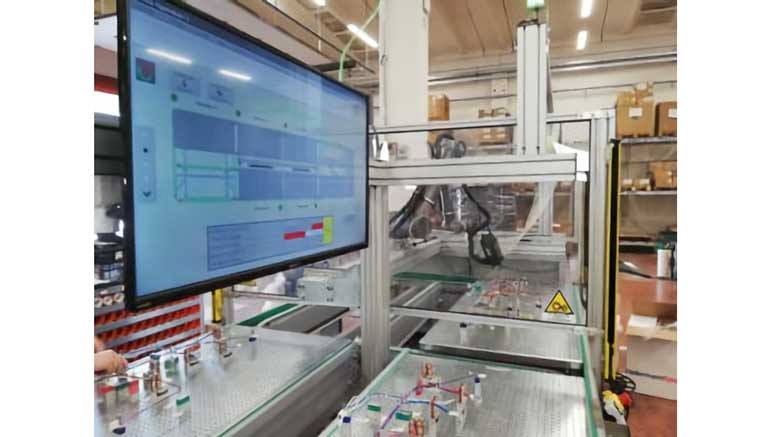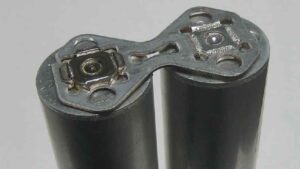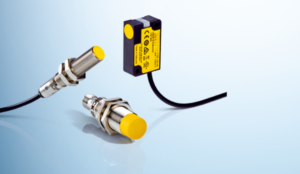Wiring harness
In today’s vehicles, the wire harness is one of the most complex and important components. The number of wires in modern vehicles is drastically expanding due to the growing number of driver aid systems and the increasing electrification of drive systems. Automobile manufacturers are also installing an increasing number of specialised wires that are designed for specific applications and must meet stringent quality and security standards. This presents new hurdles for wiring harness manufacturers, as they are no longer offering a generic commodity product, but a highly specialised and safety-critical car component. Let’s look at how to overcome the four most significant problems that manufacturers face:
Tracking of parts.
Wiring harness manufacturers demand continuous material and component tracing throughout all production phases and up to the final assembly of wiring harnesses in the vehicle. This is the only way to ensure complete traceability and detect defective components or batches with certainty. This means that it can be precisely determined in which vehicles these parts are situated in order to conduct a targeted recall, resulting in significant cost savings as compared to a full-scale recall. It must also be feasible to determine the initial batch of each wire bundle, the materials that were processed, and by which machinery in the final vehicle.
Increased automation.
Wiring harness production is a complicated operation that, while highly automated in some places, nevertheless necessitates a significant amount of physical labour. This is due to the fact that loose parts are difficult to produce and custom-configured automobiles have extensively tailored electrical harnesses. Producers will be unable to resist growing automation due to the increasing number of unique wires and smaller and smaller wiring harnesses, as well as the quality and safety requirements they must meet. Not just in production, but also in quality assurance, automation can reduce human mistake by using scanning systems to track parts, monitoring manufacturing parameters, and automatically disabling trash parts.
Machine learning is used to ensure quality.
From the power used in the crimping process to the temperature of the motor in the crimping machine, wiring harness manufacturers already collect a lot of data. Deviations are clearly detectable, allowing manufacturers to reject wires that have been handled wrongly, for example, or to prevent the motor from overheating and causing machine damage. However, the incorporation of cameras, microphones, and more sensors allows for the recording and evaluation of new characteristics using analytics and machine learning technologies. This allows producers to detect and even predict production flaws and quality variances. They can also optimise machine maintenance because they will know when wearing parts need to be replaced ahead of time.
High-voltage networks have unique requirements.
Wiring in modern cars with several driver aid systems is fairly complicated, but hybrid and electric drive systems require even more connections, posing unique issues. On one hand, they are many wire lines that require special shields due to their larger diameter and inability to be processed by standard machinery. On the other hand, these wires must exceed highly stringent safety standards, which necessitates a high level of automation — no minor feat given that most batches are even smaller.
The wiring harness industry is undergoing significant change, and it is relying on higher-performance software to further automate production, assure part traceability, and take use of data analytics’ enormous potential for quality assurance and predictive maintenance.
EMSxchange Enables you to select a Cable assembly suppliers meeting your Required Wire harness Manufacturing Capability, capacity and Certification Criteria from a global Cable and Wire harness Assembly manufacturer base. EMSXchange takes complete responsibility and ownership for your electronic manufacturing process and all its deliverables from contract manufacturing supplier selection to manufacturing to quality inspection to shipment and delivery to your door. EMSxchange Electronic Manufacturing Partners Profile includes:
Argus Sytems (AESPL) – PCBA, Cable Assembly, Box Build.
Cerra Systems inc – PCB Manufacturing.




